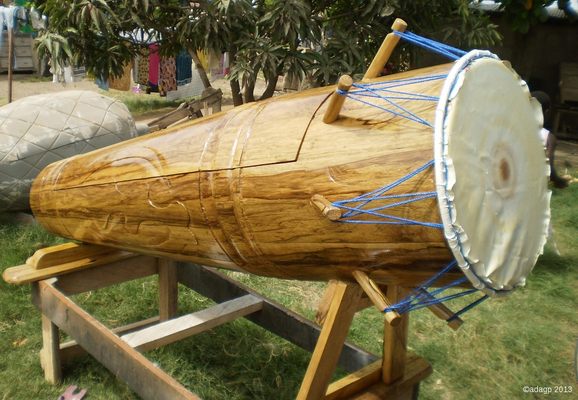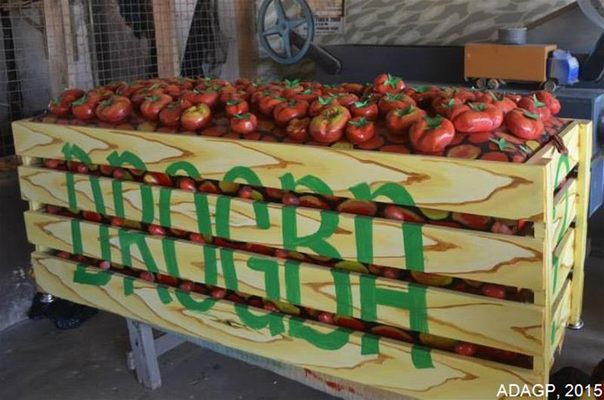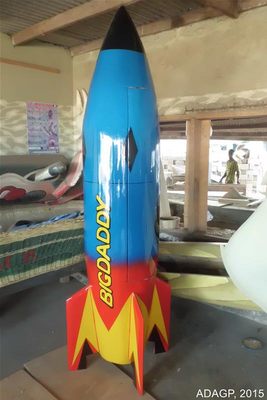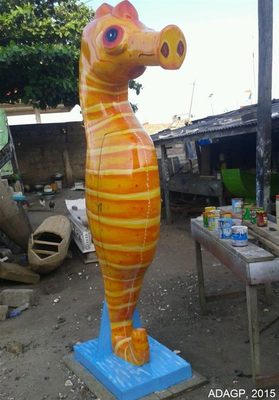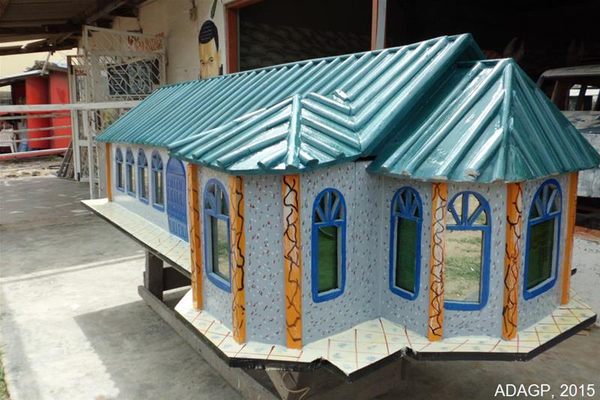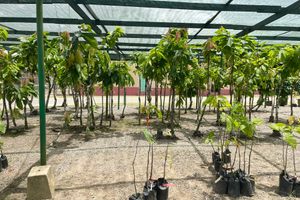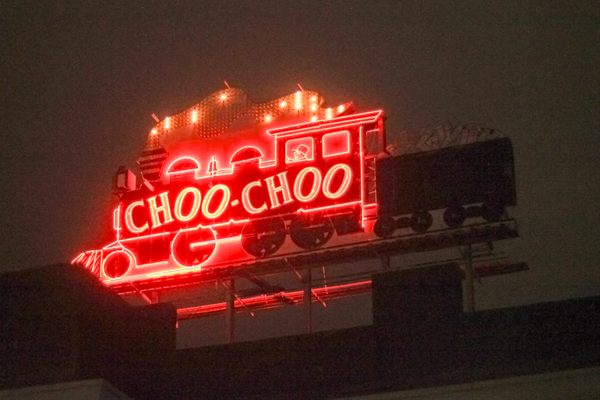About
When members of the Ga-Adangbe in Ghana die, they move into their next life and affect the living from beyond the grave. To guarantee smooth transfer into the next world, their descendants bury them in elaborate coffins, made to symbolize their lives.
In the 1950s, a fisherman from Accra was buried in a fish-shaped coffin. He had made his livelihood from the sea and wanted to move into his next life in a reflection of the being that had supported him. Shortly after the first symbolic fish coffin was built, a number of skilled carpenters popularized the practice around Accra. Seth Kane Kwei, one of the original creators of the coffins, opened the first special workshop dedicated to making the specialized caskets and the trade began to blossom.
Coffins range from representations of careers, such as the fish or a taxicab, to more detailed depictions of the deceased habits. Alcohol bottle and cigarette-shaped coffins portraying the vice of the dead is also not unknown. Anything representing the life of the family member is chosen, and serves as the vessel guiding the deceased to their next life.
Today, the Ga-Adangbe are well known for their coffins, which often appear bizarre to Western visitors used to solemn funerary rights. Although Ga funerals are still a sad event, the unique coffins allow them to celebrate the life of the deceased and cull favor with their ancestors. Even though many Ga have very low income, they spend massive amounts to buy the specialized coffins, which can cost anywhere from $50 to $600.
Kwei's sons and grandsons are still designing caskets in a quirky variety of shapes. Their creations range from bananas and robots to firetrucks and spoons - whatever most encapsulates the spirit and personality of the loved one.
Related Tags
Published
September 19, 2011



